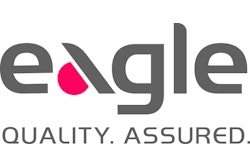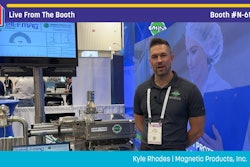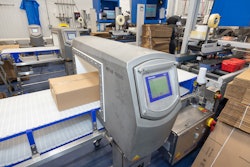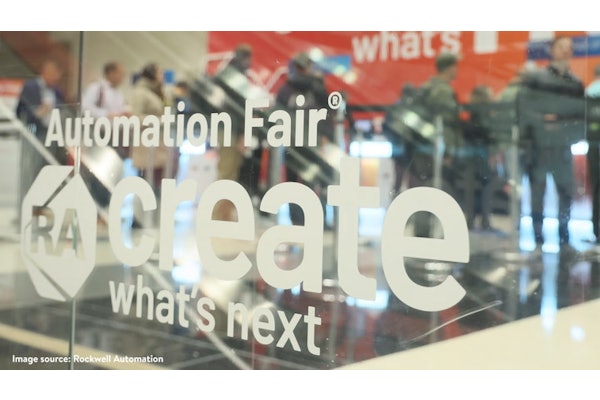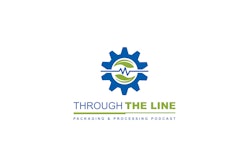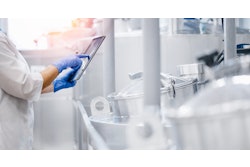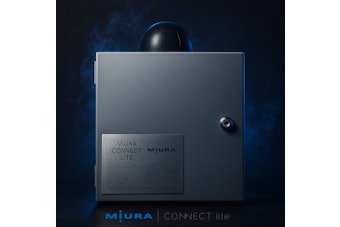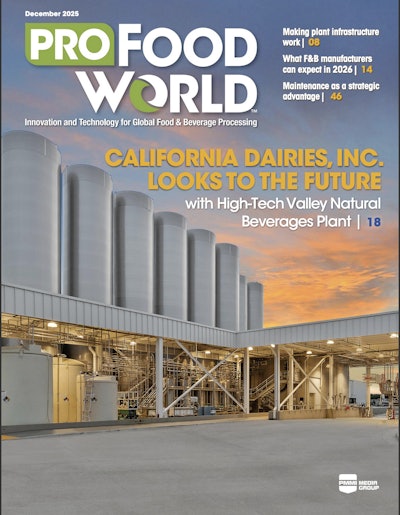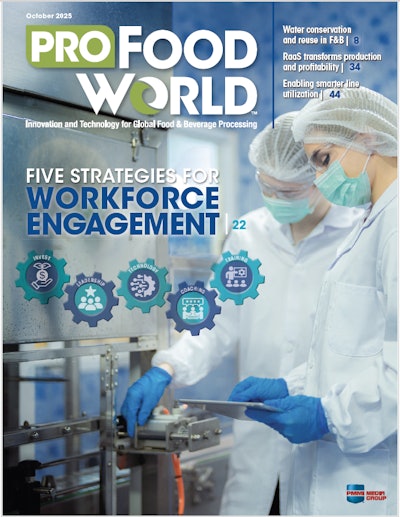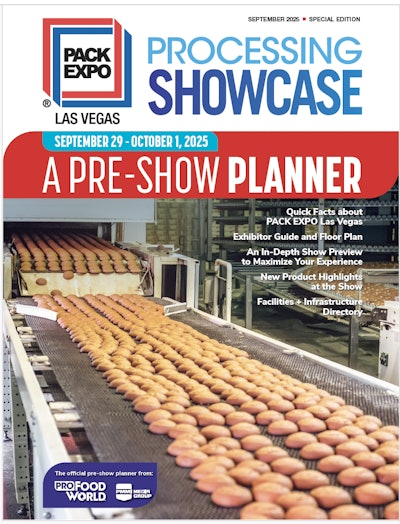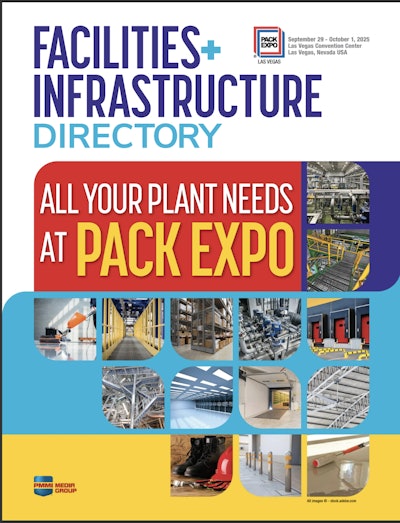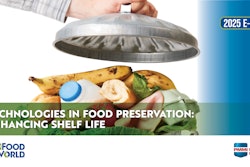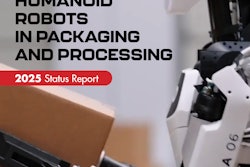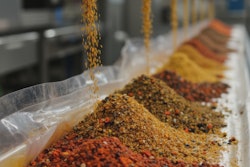Good morning, my name is Carlos Roque. I'm working for Eagle Product Inspection. I'm responsible for the sales in Latin America, and we are participating in this show, showing our latest machine, which is the mobile, Pack 400 HC. HC means that it's designed with hygienic construction. So this machine has been equipped with the latest detector that we have in the field, which is PXT, which means photon-counting detector. This machine has been designed, as I said, for hygienic design. Normally we are inspecting some products like poultry, red meat, and some others like vegetables that [are] packed. So this machine can be disassembled for the cleaning. It's easy to disassemble with these pins that we have over here, the levers that we have can be opened easily with any tools.
Then we can remove the front door in order to lay down the conveyor for cleaning. This takes like 30 seconds for any operator in order to be faster and working and maximizing the production time. So in this case we have this example that is meatballs, and there is some contamination inside, so the idea is to look for some change on the density. Normally with this kind of product, we can detect some fragments of bones which is quite difficult for some applications. In this case, this technology, PXT, we are using [global] energy, which means we will be increasing the detection capabilities talking about that [when] compared with a single energy when we are normally detecting some dense contamination like stainless steel, aluminum, glass, but with the PXD, we can go further, and we can detect better.
That means that we can detect some other low density contamination like bones, in some cases some rubber or plastic depending on the density, or even if there is a broken belt, we can detect it also with the PXT. So we will be passing this product. So in this case, the machine is already detected. We are detecting and putting some testings that [are] simulating the bone. In this case, we have aluminum from 1.5 to 5.0, so we can easily detect it. We can see it over here. So once the machine is detected, you send the signal to the direct device. In this case, the machine has just the length of the conveyor, but we can add an extra conveyor in order to put the project device in order to be detected.
One of the advantages that we have with this software with SimulTask software, which is owned by and developed by Eagle Product Inspection, is that we can do many tasks at the same time. Let's say, so we will be detecting contamination and also we can do checkweigh in this case for this product. There is something missing in the package, so it can be detected. All this information that we have, we have a trade server, which is a software that we can send all the information that we have in the machine, send it to our external server, and all the quality department, they can verify what is the product that has been inspected in one batch or in one day, and they have access to all this information to be able to have some traceability which is important.
So if there is something happening in the line, they will have this advice that something is detected, and they will have to prove that they have the image that is corresponding to this project. So it's very important for us that all the quality and all the products that [are] inspected by our system [have] complied with the old food regulations.
